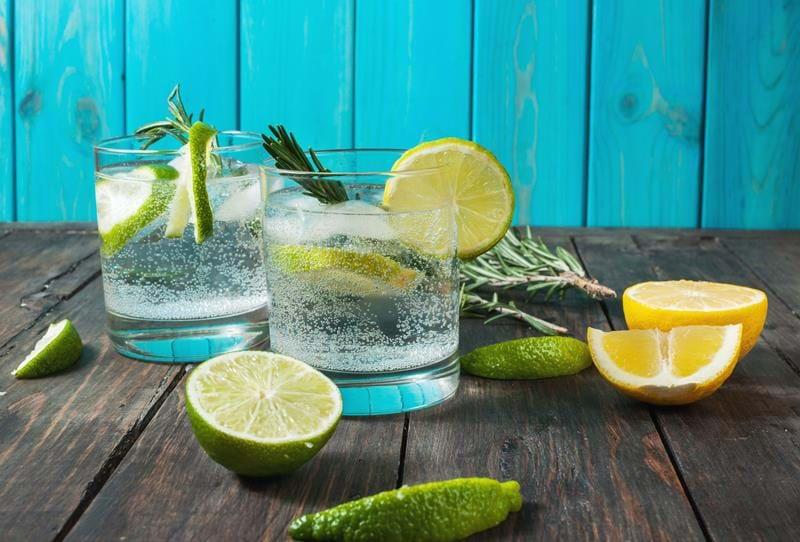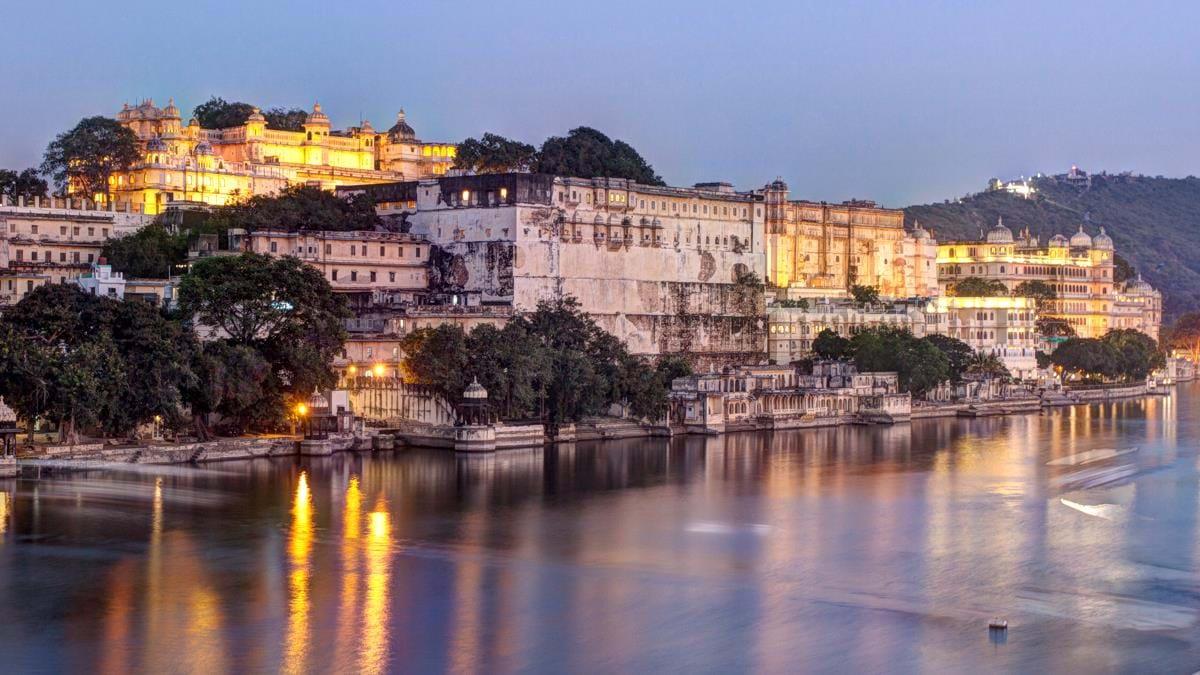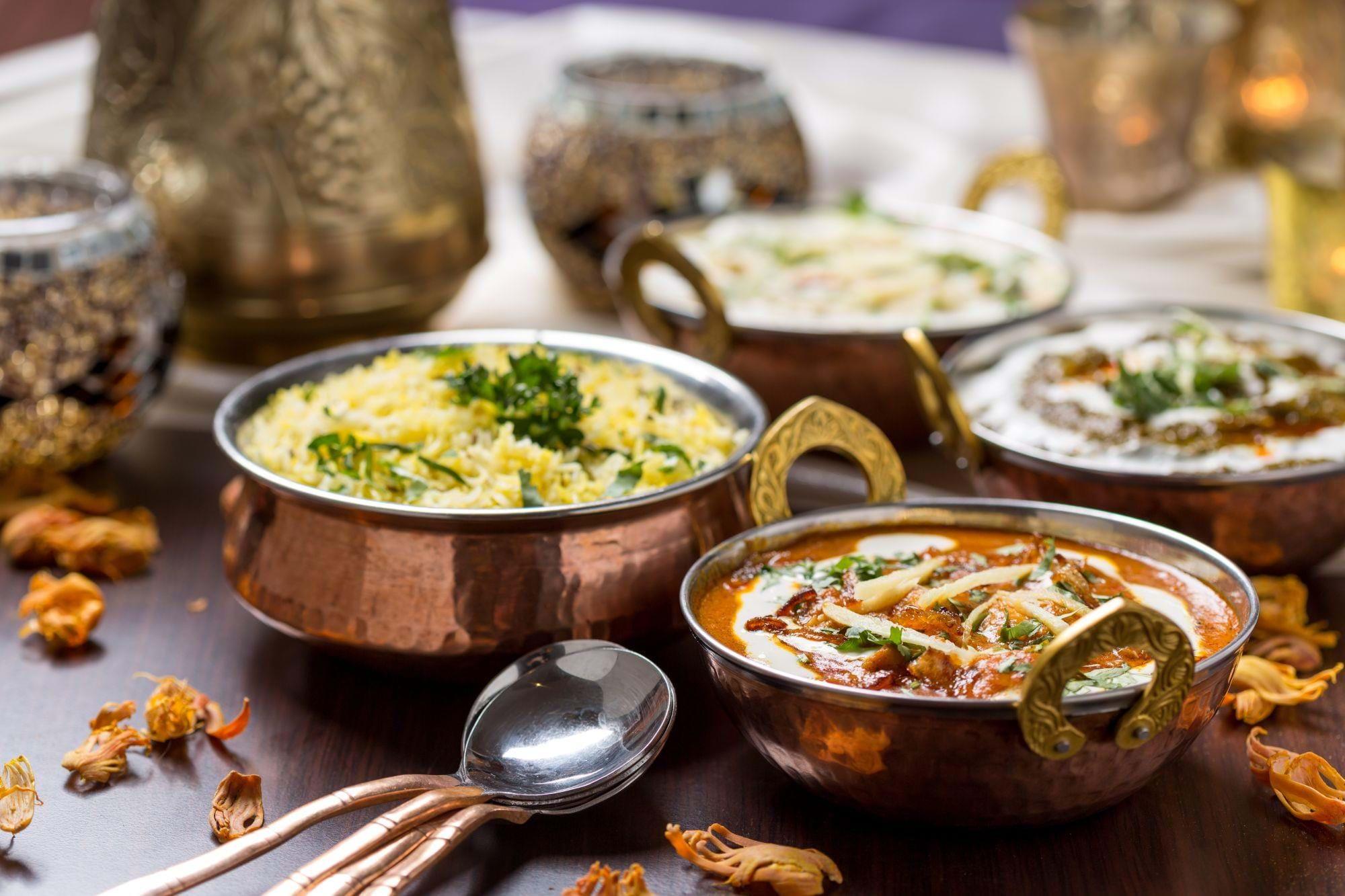India 23.04.2020 Updated: David Abrams
There is no better way to end an action packed day on holiday in India than with a gin and tonic as the sun goes down. Here, we take a look at the history of gin and tonic, a drink which is finding a new generation of fans across the world.
‘The gin and tonic’, claimed Winston Churchill ‘has saved more Englishmen’s lives, and minds, than all the doctors in Europe.’ One imagines his tongue was planted firmly in his cheek when he made it, but the remark chimes with the way a lot of people feel about ‘G&T’ at the moment. The nation’s favourite tipple is experiencing a surge in popularity during lockdown – suitably enough for a drink that originated as a medicine.
How old is gin and where did it originate?
Many people are surprised to learn that the quintessential British tipple actually originated in the Low Countries. ‘Jenever’, or ‘Dutch gin’, was a liquor distilled from malt wine and flavoured with juniper berries (used for their medicinal properties). The first reference to it crops up in a 13th-century Flemish encyclopaedia, but the drink first became popular in the mid-17th century – ironically for gout and kidney ailments (which it aggravates).
The British taste for gin started when English soldiers fought in Holland against the Spanish, drinking it before they went into combat (whence the expression ‘Dutch courage’). During the reign of William of Orange it was introduced more widely as a tax-free alternative to French brandy. Thereafter consumption rocketed, mainly among the poor (as depicted in the famous drawings of Hogarth) until laws were brought in to curb its impact.
What did tonic water come from?
Many equate the history of gin and tonic with the colonial British sitting on their verandas in India sipping on the beverage as the day passes by. In many ways, this is true. The quintessentially British cocktail was first consumed in the 19th century as a prophylactic against malaria. Tonic contains quinine powder, a substance extracted from the bark of the cinchona tree, which the burra- and memsahibs of India used to imbibe in copious amounts to stave off the dreaded ‘fever’. By 1840, 700 tons were being sold in India annually, most of it mixed with sugar, water and a dash of gin to soften its notoriously bitter edge.
It was a London entrepreneur named Erasmus Bond who first patented the idea of aerating the water, in the year after of the Great Indian Mutiny (or ‘First War of Independence’ as it’s referred to locally), when the colonial officials of the Empire must have been in dire need of a pick-me-up. Hot on his heels came the Schweppes company in 1870, still recognised for its tonic water today, who had invented a process to carbonate mineral water and found it worked a treat with Bond’s recipe. They named the tonic water Indian Quinine Tonic and the mixer made a fortune for the firm as the British Empire reached its peak.
The discovery of quinine’s anti-malarial properties, however, is credited to the Quechua Indians of Peru. In the 17th century a Jesuit priest called Agostino Salumbrino (1564–1642), noticed local indigenous people used the bark of the cinchona plant to treat fever-induced shivering and sent some to Rome, where malaria had been a scourge since the time of Augustus. When quinine was later used to cure King Charles II of the disease its popularity grew in London, just at the time when trade was expanding rapidly across the world under the auspices of the East India Company.
Peru maintained a monopoly over quinine until the Dutch managed to smuggle cinchona seeds to Java in the mid-19th century. Thereafter, Indonesia became the world’s principal source, followed by British plantations in Sri Lanka, the Nilgiris and Darjeeling.
Widespread resistance to quinine in the anopheles mosquito means that it’s used less as a malaria prophylactic these days than for making tonic water. The quantity added is much smaller (you’d have to drink a whole litre of modern tonic to get your daily medicinal dose), but the taste remains integral to the classic flavour beloved of gin drinkers.
How to make the Perfect G&T
With the current surge in popularity of gin (we Brits buy 55 million bottles of the stuff per year), many new varieties of both the spirit and tonic are being produced. Our team of experts at TransIndus, however, have concluded that there exists a definitive recipe, which can be summarised as follows:
- Take a large glass and fill with clean, fresh ice
- Add a 50ml measure of gin
- Pour in 150ml of tonic water (ideally down a spoon to preserve its effervescence) – the precise ratio is a matter of taste, but the consensus seems to be ‘1:3’ works best
- Finally, scrape some rind off a fresh lime – it’s the oils rather than the juice that yield the zesty flavour you want. Drop it into your drink et voilà!
What is the best tonic water?
When it comes to tonic water you’re spoiled for choice these days. Our TransIndus favourites tend to garner the highest praise:
Fever Tree – with complex, fruity under notes. It's so delicious, it can be drank on its own.
Bermondsey Tonic – more bitter and lemony, with a delicate sweetness.
Schweppes 1783 – sweeter than most, and featuring strong citrus notes and a long finish.
Luscombe Devon – this craft option from the West Country is made with Devon spring water, Japanese yuzu and authentic Indian quinine for a classic colonial flavour.








